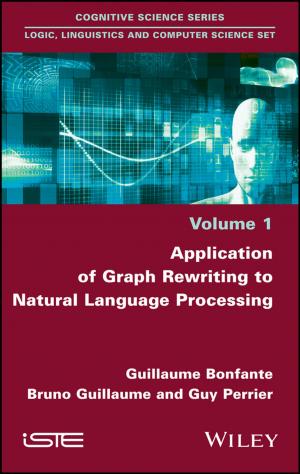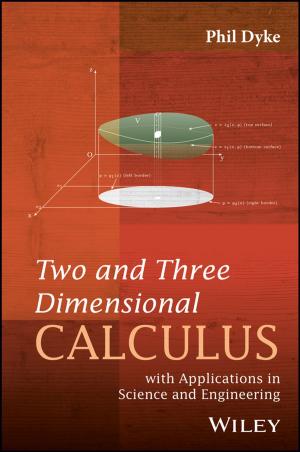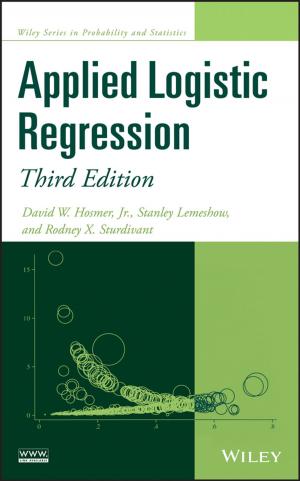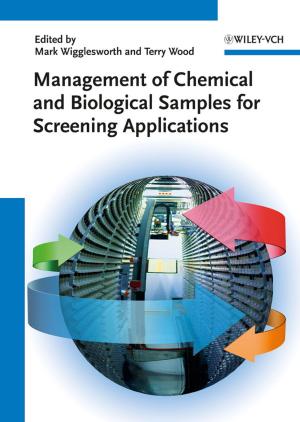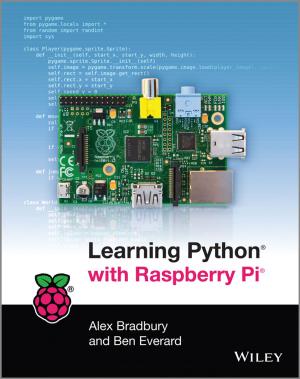Improvement Science in Evaluation: Methods and Uses
New Directions for Evaluation, Number 153
Nonfiction, Social & Cultural Studies, Political Science| Author: | ISBN: | 9781119378679 | |
| Publisher: | Wiley | Publication: | March 17, 2017 |
| Imprint: | Jossey-Bass | Language: | English |
| Author: | |
| ISBN: | 9781119378679 |
| Publisher: | Wiley |
| Publication: | March 17, 2017 |
| Imprint: | Jossey-Bass |
| Language: | English |
While improvement science has experienced a surge of interest over the past 30 years, applications of it are rare in the evaluation literature.
This issue promotes the cross-fertilization of ideas, techniques, and tools between evaluation and improvement science. There are at least four areas where this cross-fertilization is particularly relevant: learning from error, examining variation, appreciating context, and focusing on systems change. This volume considers:
- the conceptual similarities and distinctions between improvement science and evaluation;
- the intellectual foundations, methods, and tools that collectively comprise improvement science; and
- case chapters that offer an inspiring review of state-of-the-art improvement science applications.
Cutting across all of these applications is a shared grounding in systems thinking, a determination to capture and better understand variation and contextual complexity, as well as a sustained commitment to generative learning about projects and programs—all issues of great concern to evaluators. The issue offers producers and users of evaluations the potential benefits of a closer engagement with improvement science.
This is the 153rd issue in the New Directions for Evaluation series from Jossey-Bass. It is an official publication ofthe American Evaluation Association.
While improvement science has experienced a surge of interest over the past 30 years, applications of it are rare in the evaluation literature.
This issue promotes the cross-fertilization of ideas, techniques, and tools between evaluation and improvement science. There are at least four areas where this cross-fertilization is particularly relevant: learning from error, examining variation, appreciating context, and focusing on systems change. This volume considers:
- the conceptual similarities and distinctions between improvement science and evaluation;
- the intellectual foundations, methods, and tools that collectively comprise improvement science; and
- case chapters that offer an inspiring review of state-of-the-art improvement science applications.
Cutting across all of these applications is a shared grounding in systems thinking, a determination to capture and better understand variation and contextual complexity, as well as a sustained commitment to generative learning about projects and programs—all issues of great concern to evaluators. The issue offers producers and users of evaluations the potential benefits of a closer engagement with improvement science.
This is the 153rd issue in the New Directions for Evaluation series from Jossey-Bass. It is an official publication ofthe American Evaluation Association.

